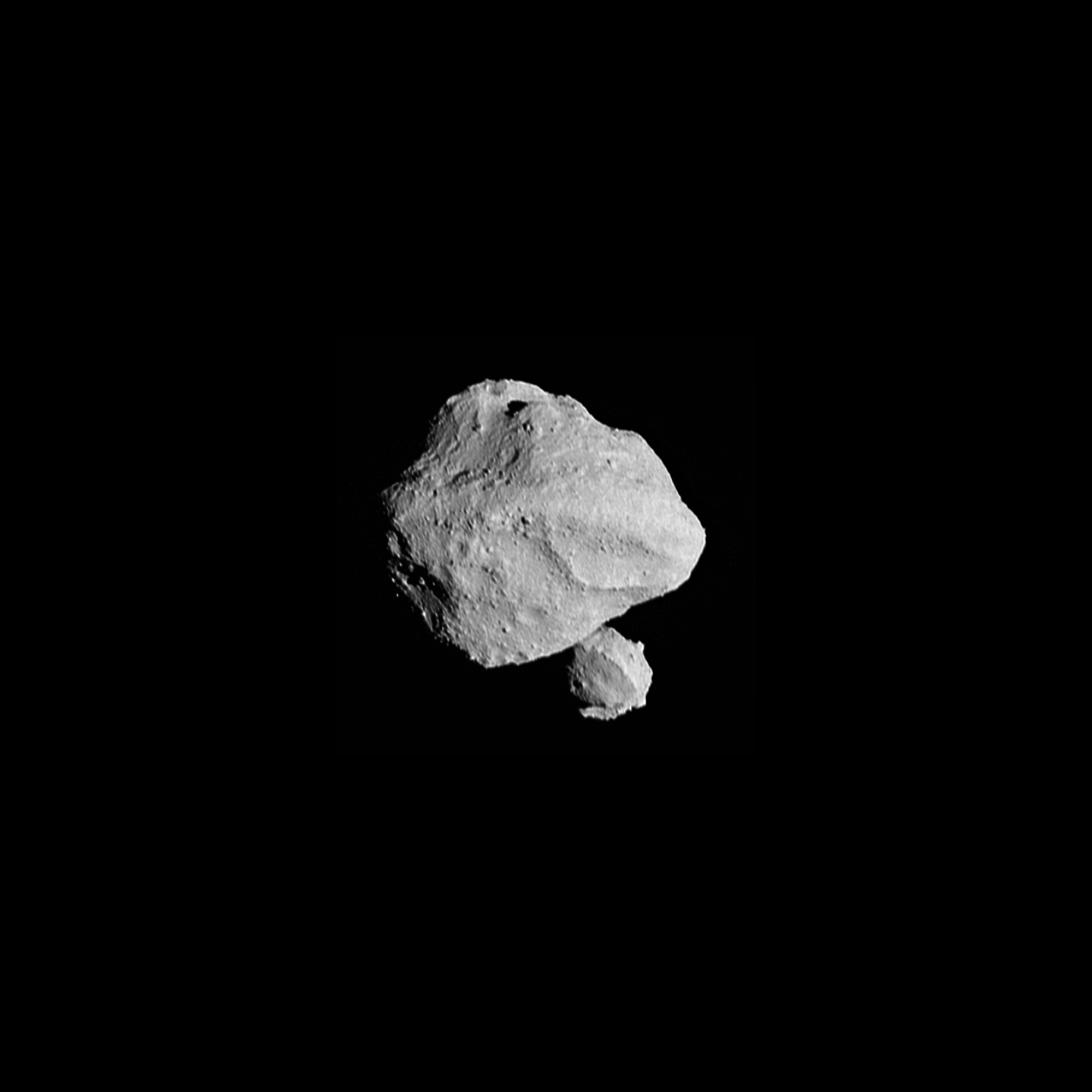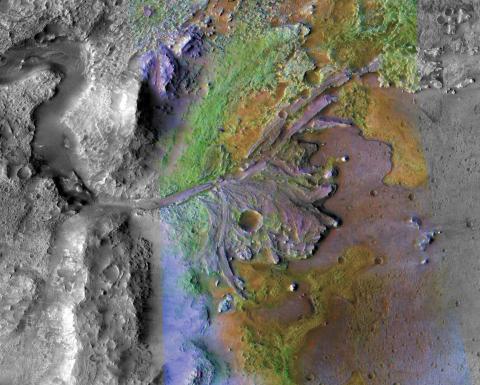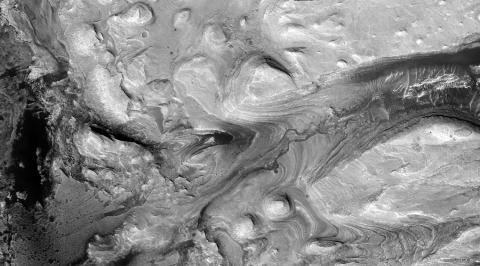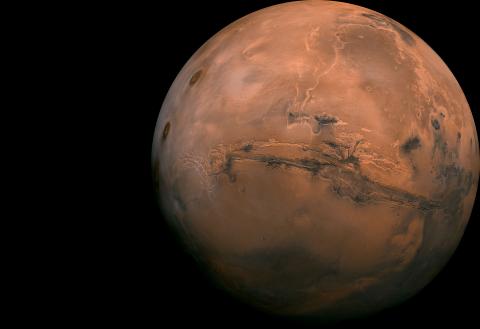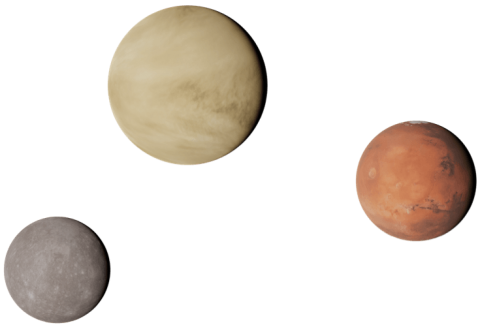About the Instrument
Instrument Type
Optical
Where ancient water existed on Mars, what mineral record did it leave? How did it shape the surface, and could it have sustained life? How did Mars’ crust form? These are some of the questions that the Compact Reconnaissance Imaging Spectrometer for Mars (CRISM) was built to answer.
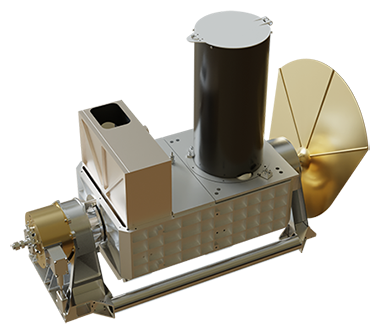
CRISM launched aboard NASA's Mars Reconnaissance Orbiter in August 2005, becoming operational at Mars about a year later. From an orbit that took it 160 to 200 miles (255 to 320 kilometers) above Mars' dusty surface, this workhorse of an instrument scanned the Red Planet in search of the chemical fingerprints of past water.
Offering greater capability to map spectral variations than any similar instrument sent to another planet, CRISM could read 544 visible and near-infrared “colors” in reflected sunlight to distinguish different minerals in the surface and atmosphere. Scientists analyzed those images to study the composition of Mars’ rock formations, track changes in the planet’s atmosphere and measure how ices cycle between the atmosphere and polar ice caps. The images allowed researchers to study Mars’ rock compositions, track changes in the planet’s atmosphere and examine how volatile ices move between the atmosphere and polar caps.
The instrument's observations played a large part in confirming the presence of large amounts of water on Mars in the past. It revealed Mars' complex geologic history and informed decisions on where to land rovers on the surface. CRISM’s detection of clay and carbonate minerals that indicate a past benign water environment, plus the types of sediments good for fossilizing signs of life, for example, was a significant factor in Jezero crater's selection as the Perseverance rover’s landing site.
CRISM was turned off on April 4, 2023, closing out 16 years of operation.
Mission
Mars Reconnaissance Orbiter
Blasting off in 2005, NASA's Mars Reconnaissance Orbiter left in search of evidence that water persisted on the Martian surface for long periods of time, helping to answer the outstanding question of whether water was ever around long enough on Mars to provide a habitat for life.
Related News & Stories
Go inside APL’s space missions and research, and check out the latest news, features and discoveries from the teams that are probing mysteries from the Sun to the edge of the solar system and beyond.


